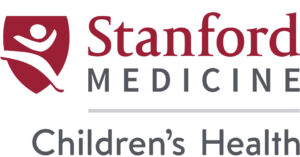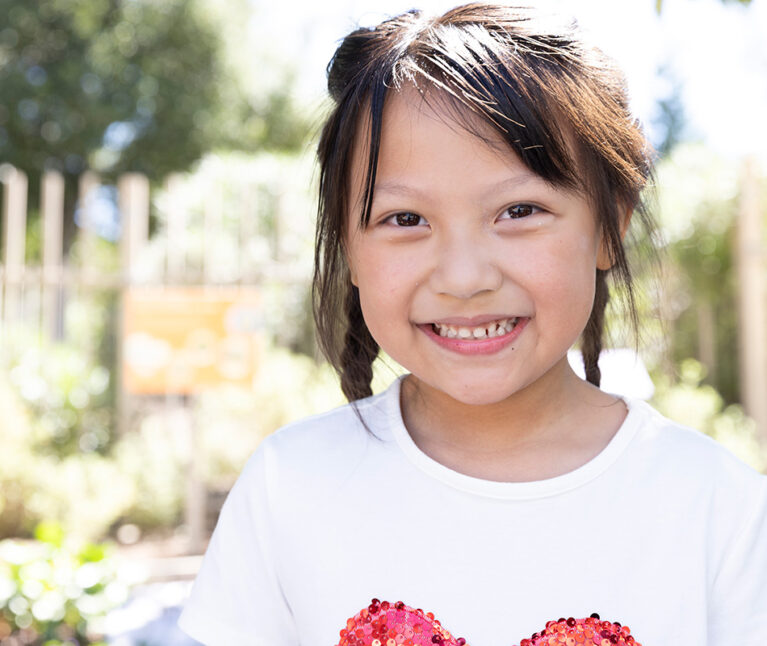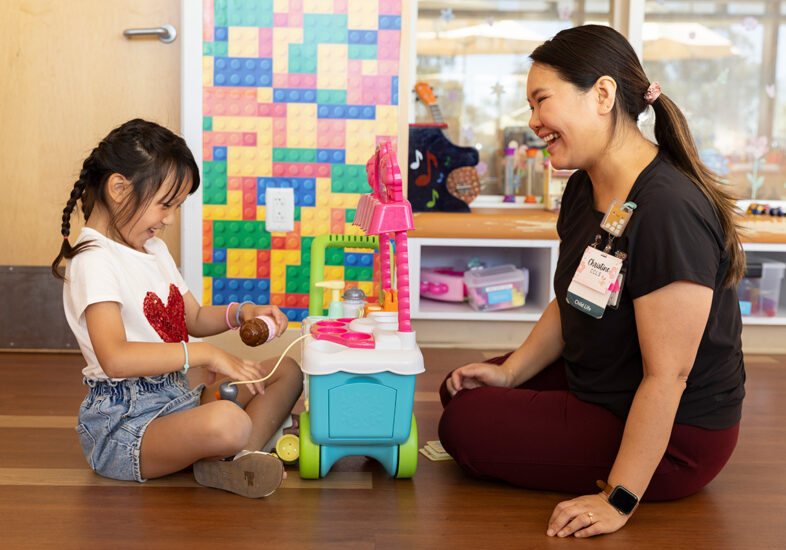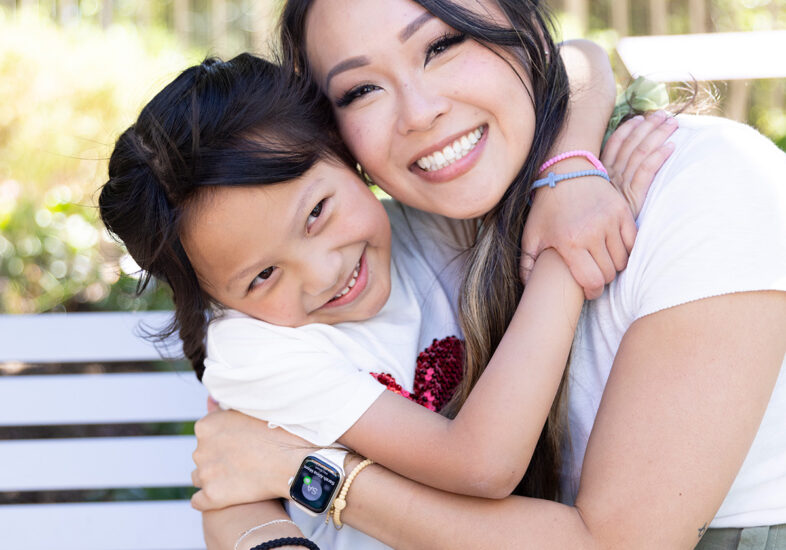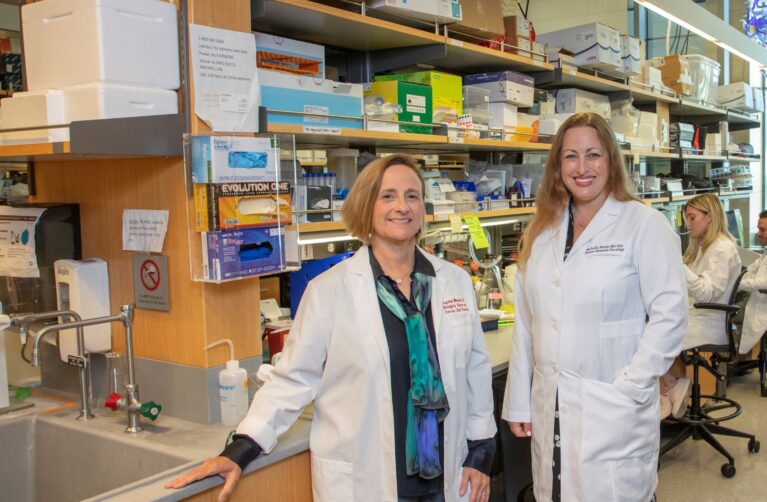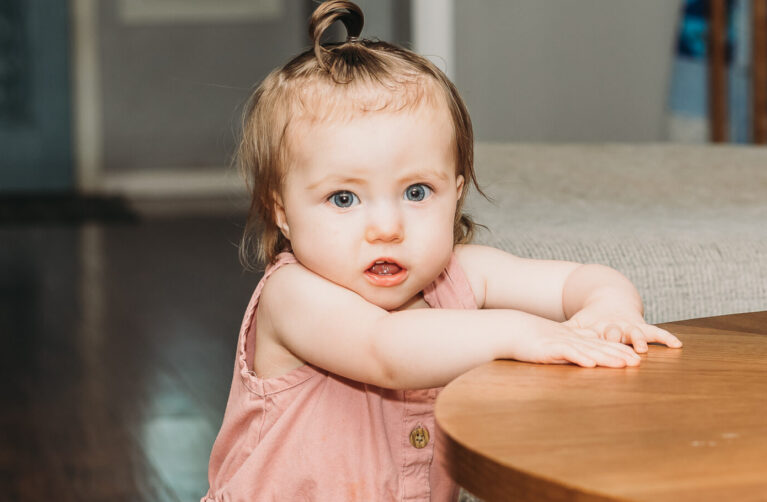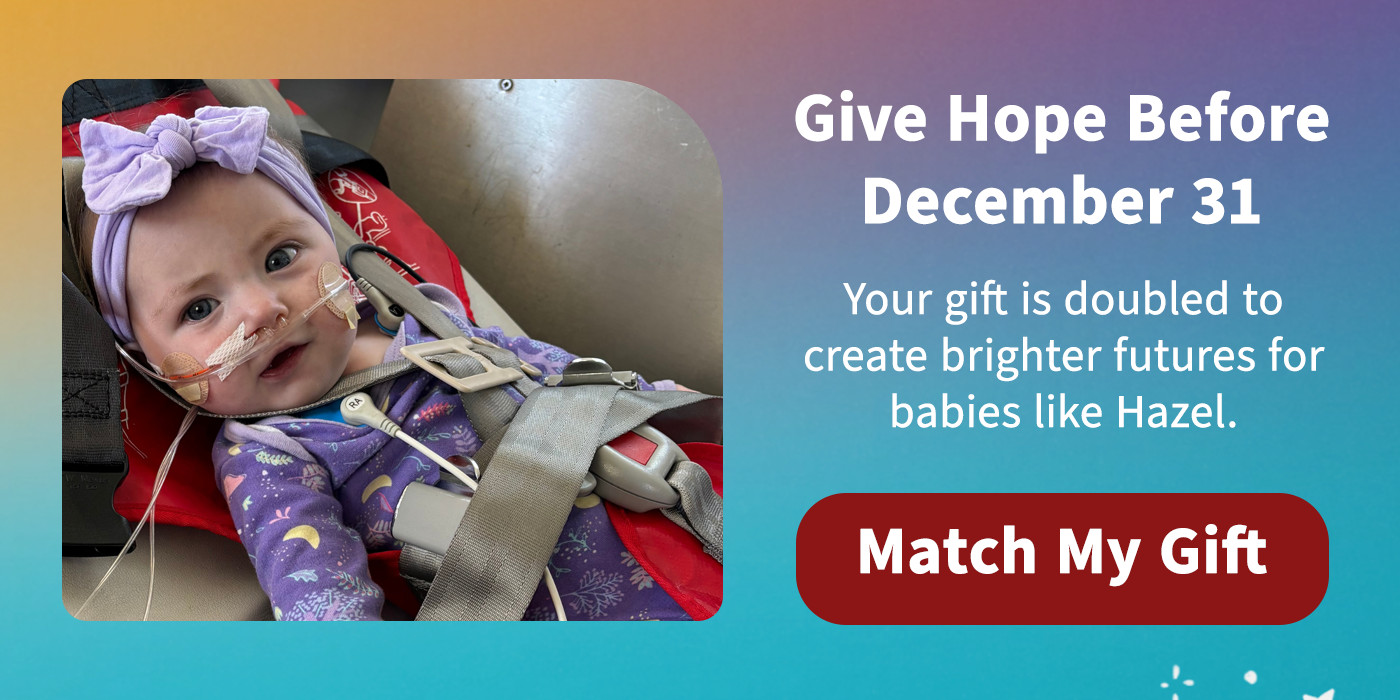“In hindsight, I think we missed a lot of the signs,” says 6-year-old Mikayla’s mom, Stephanie. “But we had four normal years with her.”
The sense of normalcy was shattered one day about two years ago.
Mikayla was born without signs of heart failure, so her family never suspected she had heart issues. At 4, Mikayla was taken to her pediatrician for a PCR test after a COVID exposure at school. During the appointment, the doctor just happened to detect a heart murmur. He wasn’t overly concerned but referred them to a Stanford Medicine Children’s Health cardiologist in San Francisco, just in case.
“I didn’t think it was a big deal, since her doctor reassured me that many people are born with murmurs,” Stephanie recalls. “I even went to work that day, and my husband, Mike, took her to the doctor. And then suddenly, I got a FaceTime call, and it was the cardiologist. She told me that Mikayla had restrictive cardiomyopathy. My daughter would eventually need a heart transplant to survive. I was immediately in tears.”
Mikayla was admitted to Lucile Packard Children’s Hospital Stanford a week later, where she underwent more testing to determine the severity of her condition. The cardiologist, Chiu-Yu Chen, MD, later explained that Mikayla’s condition, the product of an interaction with her MYH7 gene, had led to a hardening of her heart muscles, which were now restricting blood flow throughout her body.
All the symptoms her family had previously noticed but never connected now made sense: the occasional swollen, purple lips; shortness of breath; fatigue; loss of appetite.
“Our lives changed from there,” Stephanie says.
The Right Team for Mikayla
Our Betty Irene Moore Children’s Heart Center is one of the nation’s top pediatric heart centers, renowned for its heart transplantation outcomes. But because Mikayla’s heart was failing and there was no way to know how long she would need to wait for a transplant, the Packard Children’s team performed surgery to connect her to a Berlin Heart. Berlin Hearts are ventricular assist devices that circulate the blood throughout the body when a patient’s heart cannot. They are an extension of the patient’s body, following them everywhere on small wheels. They give patients a bridge towards their transplant, but they also come with a lot of limitations. Patients have a small radius of freedom where they can take short walks or visit playrooms but must remain in the hospital.
“Restrictive cardiomyopathy is a one-in-a-million condition,” Stephanie says. “It is the rarest type of cardiomyopathy, but we’ve already met two other children who also have it and have come to Packard Children’s.”
Stanford Medicine Children’s Health has been performing heart transplants for over 50 years, now performing more than 20 transplants each year. As part of the Pediatric Advanced Cardiac Therapies (PACT) program, children in need of heart transplants receive seamless care from the time of heart failure diagnosis, while waiting for a suitable donor, and after heart transplantation. We offer heart transplantation to the most complicated patients, including many who have been declined for transplant by other centers, those needing multi-organ (heart-liver or heart-kidney) transplant, and those requiring a second heart transplant.
Like so many of these children who receive life-altering diagnoses, Mikayla needed help adjusting to her new reality, and that’s where child life specialist Christine Tao, MS, CCLS, stepped in. Child life specialists are trained to support children through procedures using tools and techniques like medical play dolls, virtual reality headsets, distraction, art therapy, and much more. Mikayla connected with Christine immediately, to Stephanie and Mike’s immense relief.
“When Mikayla had to go into a procedure, we couldn’t go back into the surgery center with her, but Christine could,” Stephanie recalls. “I realized then just how important Christine is—she goes where we can’t and provides Mikayla with support and distraction, so she isn’t scared.”
Christine coached Stephanie and Mike to talk to Mikayla about what was happening in age-appropriate ways. She helped Mikayla express how she felt about “Mr. Berlin” and was always at Mikayla’s side for Bingo Thursdays hosted by the hospital’s Broadcast Studio. And as the family’s hospital stay turned from days to weeks to months, Christine encouraged the couple to take occasional lunch dates so they could spend time together outside of the hospital.
“She helped keep Mike and I afloat during a really hard time,” Stephanie says.
The Call That Changed It All
On June 9, 2023, the family received the call that a heart was available for Mikayla. They told Mikayla that Mr. Berlin would be going away.
Two days later, Mikayla’s new heart beat in her chest for the first time, giving the little girl a second chance at life. The Heart Center team was thrilled to see Mikayla recover exceptionally quickly—she was out of the Cardiovascular Intensive Care Unit and into a stepdown unit within a week, and by mid-July she was back home in San Francisco.
All told, after various obstacles, a hemorrhagic stroke, and two open-heart surgeries, including her transplant, Mikayla spent 111 days at Packard Children’s Hospital. She continues to see the team for monitoring to ensure her new heart beats beautifully inside of her with minimal complications.
“It’s just wonderful to see how well Mikayla is doing” says Seth Hollander, MD, medical director of the Heart Transplant Program. “Although she will need to take medications to prevent rejection and see our specialized cardiologists for the rest of her life, she can expect to live her life with relatively few restrictions. She can go to school, play, travel, and enjoy time with her friends and family.”
Today, Mikayla is in first grade and loves to ride her scooter and bike. She sings, dances, and adores arts and crafts—something she gained a passion for from her time with child life specialist Christine.
Mikayla’s Bright Future
Recently, Stephanie and Mike took their daughter on vacation for the first time since her diagnosis. Stephanie says it was a watershed experience. Playing in the sand, marveling at the clouds from an airplane, being allowed to swim and run—these were things they weren’t sure would ever be possible for Mikayla.
“I don’t know what we would have done without all the care and support we received from the Stanford team,” Stephanie says. “They are all amazing. I really don’t know what would have happened without them, and not just Mikayla’s care—they got us through the emotional challenges, too.”
Thanks to the team at Packard Children’s Hospital, the sky is really the limit for Mikayla now that she has her new heart. When asked what she wants to be when she grows up, Mikayla doesn’t hesitate: “I want to be a doctor at Stanford!”
We are so grateful that donors like YOU make futures bright for children like Mikayla. To make life-changing care for patients and families at Packard Children’s Hospital possible, donate today.
Thank you!
Give Now to Help Children Like Mikayla
Every dollar donated goes to helping support children and families at Lucile Packard Children's Hospital, Stanford.
